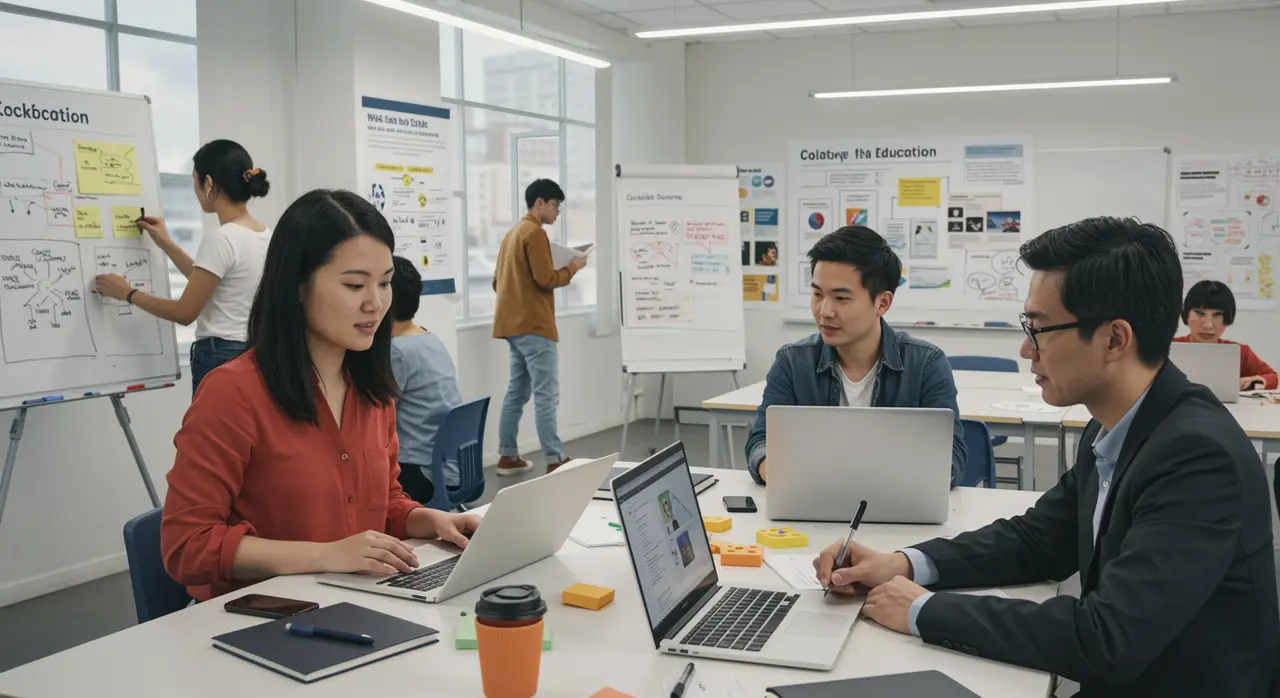TIES CEO Jan Morrison Advocates Collaborative, Interdisciplinary STEM Education for Student Empowerment
53 views
In a world increasingly shaped by innovation and digital transformation, the call for a reimagined approach to STEM education has never been louder. Jan Morrison, the CEO of TIES (Teaching Institute for Excellence in STEM), underscores the necessity of fostering collaborative ecosystems that prioritize student needs while embracing the rich tapestry of interdisciplinary learning. Her vision challenges traditional notions of STEM, advocating for a model where communities unite to share resources, responsibilities, and aspirations, crafting educational experiences that extend far beyond the confines of conventional science, technology, engineering, and mathematics.
Rethinking STEM Education: A Collaborative Path to Empowerment
At the heart of Morrison’s perspective lies an understanding that effective STEM education cannot exist in isolation. It thrives on partnerships—schools, local organizations, businesses, and families working in concert to create environments where students can flourish. These ecosystems, as she describes, are interdependent networks that leverage the unique strengths of each stakeholder to address the specific needs of learners. Such collaboration demands not only shared resources but also a shared sense of purpose, one that places students at the center of every decision.

This approach represents a departure from the traditional top-down educational framework, where curricula are often standardized without regard for the diverse contexts in which students live and learn. Instead, Morrison advocates for tailoring STEM education to reflect the realities of each community, ensuring that students see their own lives and aspirations mirrored in their studies. By involving communities directly in the educational process—whether through mentorship programs, local projects, or partnerships with industries—STEM becomes a living, breathing entity, deeply rooted in the fabric of everyday life.
Perhaps most striking is Morrison’s expanded definition of STEM itself. While the acronym traditionally evokes images of lab coats, coding languages, and engineering blueprints, she envisions a broader horizon. STEM, in her view, encompasses design thinking, emerging technologies, computational literacy, and interdisciplinary creativity. It is not merely a collection of subjects but a mindset—a way of approaching problems, imagining solutions, and engaging with the world. This perspective challenges educators to integrate diverse disciplines, blending the arts, humanities, and social sciences with technical fields to create a holistic learning experience.
Such integration is particularly critical in preparing students for the future. As industries evolve and the boundaries between disciplines blur, the ability to think creatively across domains will be as valuable as technical expertise. Computational thinking, for instance, is not just about programming but about understanding patterns, systems, and logic—skills that are applicable to everything from urban planning to healthcare innovation. Similarly, design thinking fosters empathy and adaptability, qualities essential for navigating the complexities of modern life.
Morrison’s emphasis on collaborative ecosystems also speaks to the importance of equity in education. By bringing communities into the fold, STEM education can address systemic disparities, ensuring that all students—not just those in affluent districts—have access to high-quality opportunities. This model recognizes that education is not a one-size-fits-all endeavor; it must be responsive to the unique challenges and strengths of each community.
Her vision invites reflection on the broader purpose of education itself. In an age where knowledge is readily accessible, the role of schools is shifting from information delivery to skill cultivation, from imparting facts to fostering curiosity and resilience. STEM education, when approached through the lens of collaboration and interdisciplinarity, becomes a powerful tool for empowerment, equipping students not only to succeed in their careers but also to contribute meaningfully to society.
As Morrison’s insights ripple through the educational landscape, they challenge policymakers, educators, and communities to rethink their roles in shaping the future. The path forward is not without its challenges; building effective ecosystems requires trust, communication, and a willingness to adapt. Yet the rewards—a generation of students who are not only knowledgeable but also innovative, empathetic, and engaged—are well worth the effort.
In the end, the essence of Morrison’s vision is simple yet profound: STEM education is not just about preparing students for jobs; it’s about preparing them for life. By embracing collaboration, diversity, and creativity, we can create a world where every child has the opportunity to explore, dream, and thrive.